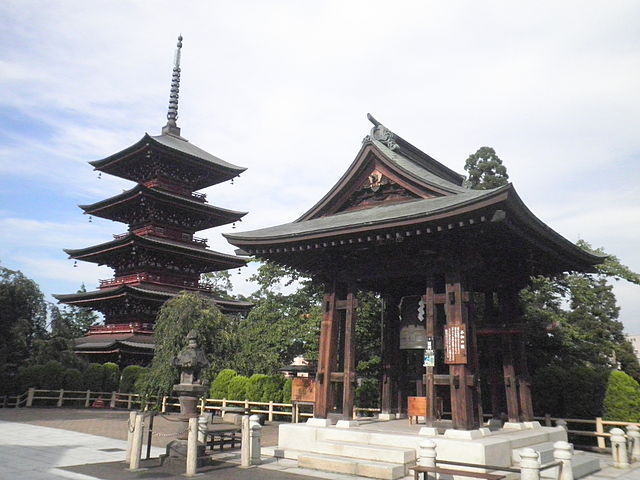Aomori Prefecture
Where is Aomori?
Aomori Prefecture is part of the Tohoku region and is the northernmost prefecture on Honshu, Japan’s main island.
It borders Akita and Iwate Prefectures to the south, while Hokkaido is directly across the Tsugaru Strait to the north.
What is Aomori known for?
As a coastal prefecture, Aomori is well known for seafood including scallops and tuna. The prefecture is also famous for growing apples and accounts for 59% of all apples grown in Japan.


Due to the large number of wind turbines on the Shimokita Peninsula, Aomori prefecture generates more energy from wind than any other prefecture in Japan.

The Aomori Nebuta Matsuri festival is one of the countries largest “nebuta” festivals. This summer festival involves a procession of floats being carried through the city while surrounded by dancers.
Where should I visit in Aomori?
Many visitors to Aomori Prefecture will choose to stay in the cities of Aomori, Hachinohe or Hirosaki. All three cities are well connected with the wider prefecture by rail and road.
Hirosaki was the capital of the Tsugaru clan, which previously ruled northern Tohoku, and the well preserved temples, castles and shrines have given it the nickname “the Kyoto of the North”.


Kabushima Island near Hachinohe is a national natural monument and popular with bird-watchers as it is the only Japanese breeding ground for black-tailed gulls.
Visitors to the island will also enjoy the scenic Kabushima Benzaiten shrine.
When is the best time to visit Aomori?
The best time to visit Aomori Prefecture depends on how the weather will suit your interests.
Spring (April to May) typically features pleasant, mild weather and is a great time to enjoy the cherry blossoms when they bloom.

Summer (July to August) is the peak tourist season due to the number of festivals taking place including the Aomori Nebuta Festival. Visitors should expect warm and potentially humid weather.
Autumn (September to November) sees milder temperatures and a stunning change in scenery as the local foliage exhibits their autumnal colors.
Winter (December to March) can be cold and harsh. Snowfall should be expected in Aomori as with most areas of Northern Japan in winter.
All Events in Aomori
Tours and Activities in Aomori
None found.
Where should I stay in Aomori?
Your budget, itinerary, and travel style will depend on you might wish to stay in Aomori prefecture.
Aomori, Hirosaki and Hachinohe all have hotels suited to budget travelers, with a range of budget hotels commonly found in larger cities such as JAL City Aomori and Dormy Inn Honhachinohe Hot Springs.
Visitors seeking a luxury stay may find it best to look at resorts or spas in areas located further away from Aomori City such as Hotel Grand Mer Sankaiso in Ajigasawa which offers traditional Japanese style rooms and sea views.


When choosing a location is is important to consider where it is in relation to the activities on your itinerary.
For those interested in visiting historical sites and temples, staying in areas like Hirosaki may offer lower hotel prices and shorter transit times when compared to other areas in the prefecture.
How do I get to Aomori Prefecture?
The most convenient methods to reach Aomori Prefecture are by air or train.
The Tohoku Shinkansen terminates at Shin-Aomori station and also stops at Hachinohe.
From the shinkansen line, local trains can be used to reach Aomori station while express trains can be used to reach Hirosaki.
Shinkansen trains bound for Shin-Aomori depart from Tokyo Station every hour.

Aomori Airport and Misawa Airport, both located in the prefecture, have regular domestic flights to and from Tokyo.

Aomori Airport is connected to the city and main train station by buses. Misawa Airport is connected to the main Shinkansen line at Hachinohe via the Aomori Railway.
